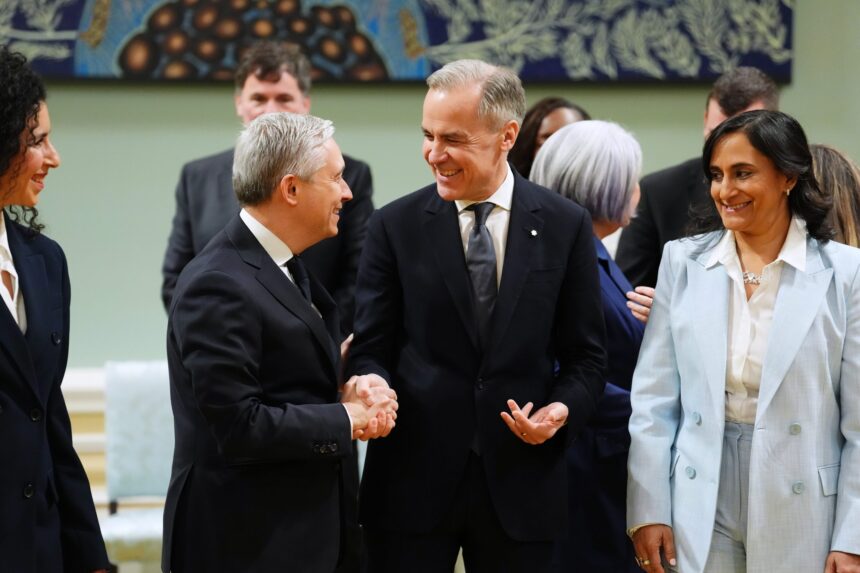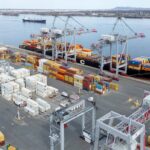In a strategic diplomatic move that signals the Carney administration’s commitment to strengthening North American economic ties, two senior Cabinet members touched down in Mexico City yesterday for high-stakes trade negotiations. Finance Minister Chrystia Freeland and International Trade Minister Mary Ng are leading a delegation of Canadian officials in what analysts describe as the most significant bilateral talks between the nations since the 2020 implementation of the CUSMA agreement.
The timing of these discussions is particularly noteworthy, coming just three months after Prime Minister Michael Carney’s electoral victory and amid growing economic uncertainty in the hemisphere. Sources close to the delegation indicate that supply chain resilience, clean energy cooperation, and digital trade frameworks top the agenda for the Canadian representatives.
“These talks represent a critical opportunity to reset and strengthen the Canada-Mexico economic relationship,” said Finance Minister Freeland during her departure statement at Pearson International Airport. “As our third-largest trading partner, with bilateral trade exceeding $48 billion annually, Mexico’s importance to Canada’s economic prosperity cannot be overstated.”
The meetings come at a complex moment for North American trade relations. Recent disputes over Mexico’s energy policies and Canada’s dairy market access have created tension points that both nations hope to resolve. Additionally, the growing influence of Chinese manufacturing in the region has prompted calls for a more unified continental approach to economic security.
Mexican Economy Secretary Raquel Buenrostro welcomed the Canadian delegation with enthusiasm, noting that “the relationship between our nations extends far beyond commerce—it is built on shared values and complementary economic strengths.” However, Mexican officials have signaled they will press for greater access to Canadian mining expertise and investment, particularly in the rapidly expanding lithium sector deemed crucial for both nations’ clean energy transitions.
Business leaders from key sectors including automotive manufacturing, agriculture, and technology are closely monitoring the talks. The Canadian Manufacturers & Exporters association released a statement emphasizing that “regulatory alignment and reduced border friction must be prioritized to maintain North American competitiveness in an increasingly challenging global market.”
Perhaps most significant is the Carney administration’s apparent strategy to engage Mexico as a counterweight in ongoing tensions with the United States over softwood lumber and Buy American policies. Sources within Global Affairs Canada suggest the Prime Minister has instructed his envoys to explore expanded preferential trade arrangements with Mexico that could reduce Canadian dependency on the U.S. market.
“We’re witnessing a subtle but important shift in Canadian trade strategy,” explains Dr. Isabella Ramírez, Director of North American Studies at the University of Toronto. “While the U.S. remains our dominant partner, the Carney government clearly recognizes the strategic value of deepening ties with Mexico as part of a more balanced continental approach.”
The delegation is expected to announce several concrete initiatives before departing later this week, including a joint infrastructure investment fund, enhanced labor mobility provisions, and new protocols for agricultural trade. Additionally, discussions around a coordinated approach to critical minerals—essential for electric vehicle production and renewable energy technologies—are reportedly progressing well.
Minister Ng emphasized that these talks reflect Canada’s broader economic strategy: “In an era of shifting supply chains and growing protectionism, strengthening our North American partnerships is not just desirable—it’s essential for Canada’s long-term prosperity.”
As global trade patterns continue to evolve amid geopolitical tensions and climate imperatives, these Mexico City discussions may well determine whether North America can present a unified economic front in the decades ahead. The question remains: can Canada successfully navigate its relationships with both continental neighbors to secure maximum advantage in this new era of economic nationalism?














